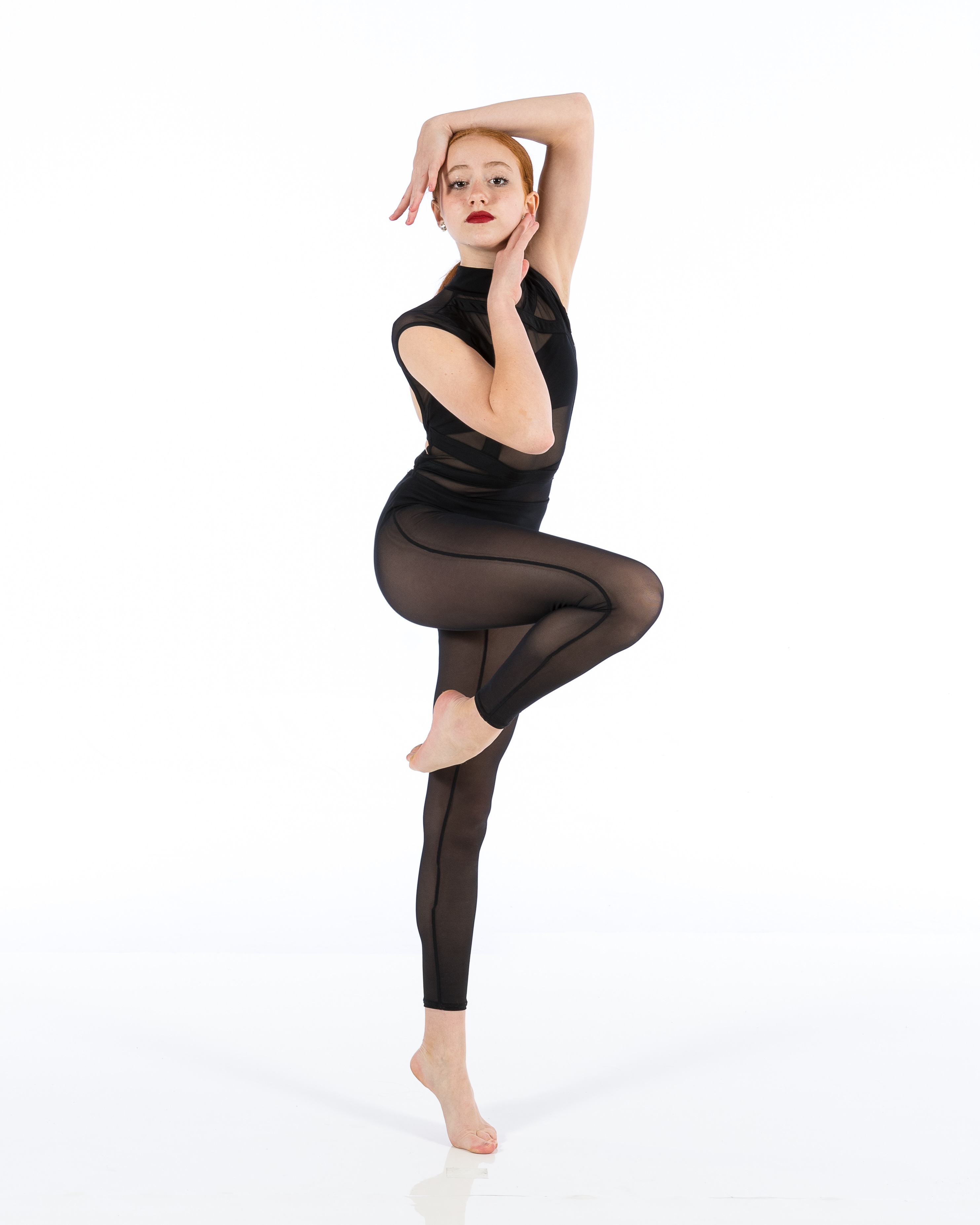Introduction
Have you ever gazed in awe as a ballet dancer glides across the stage, defying gravity and showcasing not just athleticism but also artistry? The elegance of ballet has entranced audiences for centuries, but its benefits stretch far beyond the performance hall. In this article, we delve into The Science Behind Dance: Why Ballet is Beneficial for Health. From physical fitness to mental well-being, we’ll explore how enrolling in a Ballet Dance Studio or a Ballet Dance Academy can transform lives, one plié at a time.
The Science Behind Dance: Why Ballet is Beneficial for Health
Ballet is often seen as an art form, yet it’s deeply rooted in science. The movements that seem so effortless are actually the result of complex biomechanics and physiological processes. This section unravels the intricate relationship between dance and health, highlighting why ballet is not just an aesthetic endeavor but also a scientific marvel.
1. Understanding Ballet: A Brief History
Before diving into its health benefits, let's take a quick detour through history. Ballet originated during the Italian Renaissance and was brought to France by Catherine de' Medici. Over time, it evolved into various styles—each with distinct techniques and cultural nuances. Its progression from royal courts to modern stages reflects not only artistic evolution but also societal changes.
2. The Physical Benefits of Ballet
2.1 Enhanced Strength and Flexibility
One cannot talk about ballet without mentioning strength and flexibility. Dancers develop core strength that supports their entire body during performances. Think about it: how many workouts require you to balance on one leg while extending the other gracefully? Not many!
- Core Muscles: Engaging these muscles helps maintain posture. Leg Strength: From tendus to jetés, your legs will thank you.
2.2 Improved Posture
Let’s face it; slouching is an epidemic! Ballet teaches proper alignment and encourages awareness of body mechanics. With consistent practice at a Dance Studio, you'll find yourself standing taller—not just in class but in everyday life too.
3. Cardiovascular Fitness Through Ballet
Feeling out of breath after climbing stairs? Ballet can help! It elevates your heart rate and promotes cardiovascular health through:
- Aerobic Exercise: Continuous movement keeps your heart pumping. Endurance Building: Sustained dancing builds stamina over time.
4. Mental Health Benefits of Ballet
4.1 Stress Relief Through Movement
Dancing has been shown to release endorphins—the feel-good hormones! Imagine stepping into your Ballet Dance Academy, leaving the stresses of life behind as you lose yourself in rhythm and movement.
4.2 Cognitive Function Enhancement
Did you know that learning choreography can sharpen your memory? As dancers memorize steps, they engage different parts of their brain, enhancing cognitive function over time.
5. Emotional Expression via Ballet
Ballet isn’t merely physical; it’s an emotional outlet too! It allows individuals to express feelings that words might fail to convey:
- Storytelling Through Movement: Each performance tells a unique story. Empathy Development: Understanding emotions enhances interpersonal skills.
6. Social Connections Within Dance Communities
Joining a Dance Studio means entering a vibrant community filled with like-minded individuals who share your passion for dance:
- Building Friendships: Collaborating fosters lasting relationships. Teamwork Skills: Group dances promote cooperation and trust.
7. The Role of Nutrition in Supporting Dance Practice
Like athletes, dancers require proper nutrition to fuel their bodies:
- Balanced Diets: Incorporate proteins, carbs, and healthy fats. Hydration Importance: Staying hydrated enhances performance.
8. Injury Prevention in Ballet Training
Injuries can dampen even the most passionate dancer's spirit; however, understanding how to prevent them is crucial:
- Proper Warm-ups: Essential before any dance session. Listening to Your Body: Recognizing signs of fatigue or discomfort can save you from serious injuries later on.
9. The Impact of Age on Dance Participation
Is ballet reserved just for children? Absolutely not! People of all ages can benefit from ballet training:
- Young dancers build foundational skills early. Adults find joy in movement regardless of age!
FAQs About Ballet's Health Benefits
Q1: Can anyone learn ballet regardless of age?

Q2: How often should I practice ballet for health benefits?
Aim for 2–3 sessions per week to see significant improvements!
Q3: Is ballet good for weight loss?
Yes! It provides an effective full-body workout that burns calories.
Q4: What should I wear to my first ballet class?
Comfortable clothing like leggings or leotards along with ballet slippers will do just fine!
Q5: Does ballet improve mental focus?
Definitely! Remembering choreography improves memory and concentration skills over time.
Q6: Are there specific diets recommended for dancers?
While there isn’t one-size-fits-all advice, balanced meals rich in nutrients are essential!
Conclusion
So there you have it— The Science Behind Dance: Why Ballet is Beneficial for Health reveals layers upon layers of advantages that transcend mere aesthetics or performance art. Whether you're looking to enhance physical fitness at a Ballet Dance Academy, Visit this link improve mental resilience at a local Dance Studio, or simply enjoy an exhilarating form of expression—ballet offers something valuable for everyone!
With its blend of artistry, discipline, community engagement, and physical challenge—there’s no reason not to lace up those dance shoes and leap into this enriching realm today!